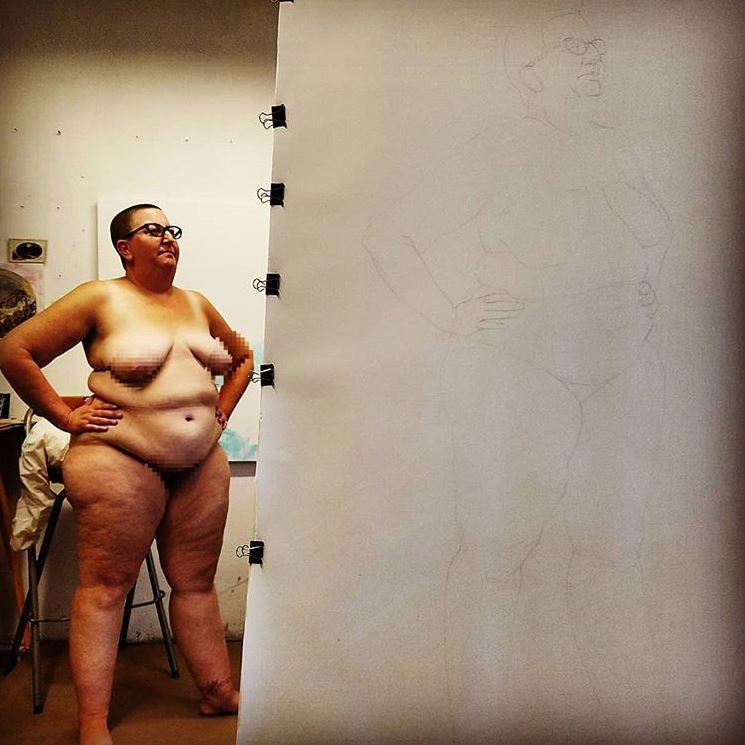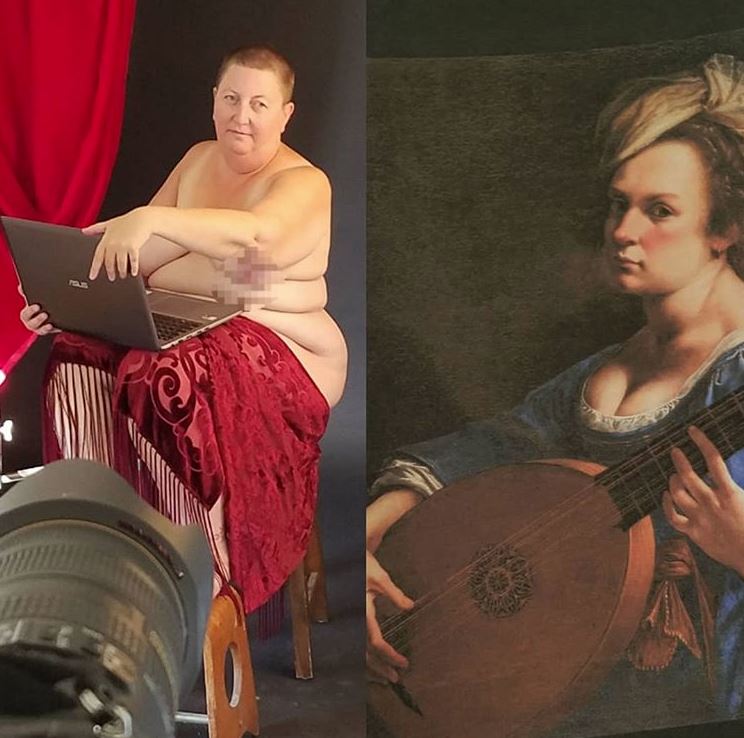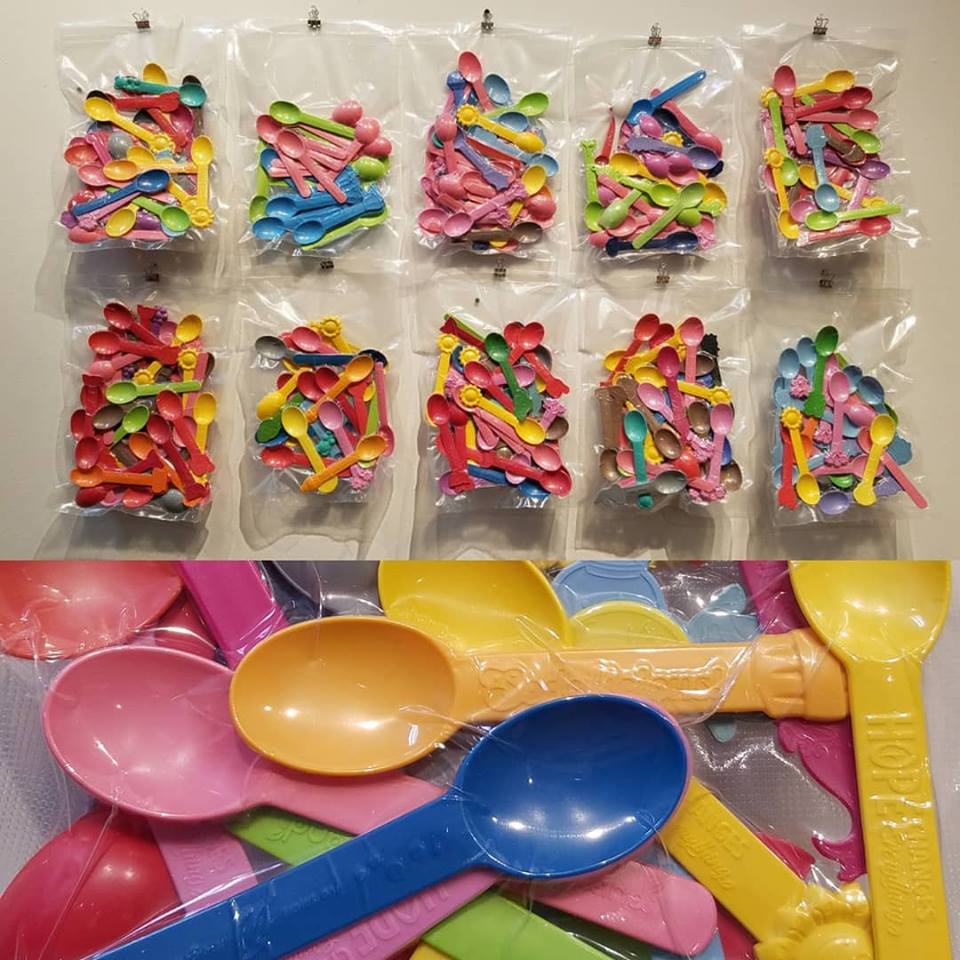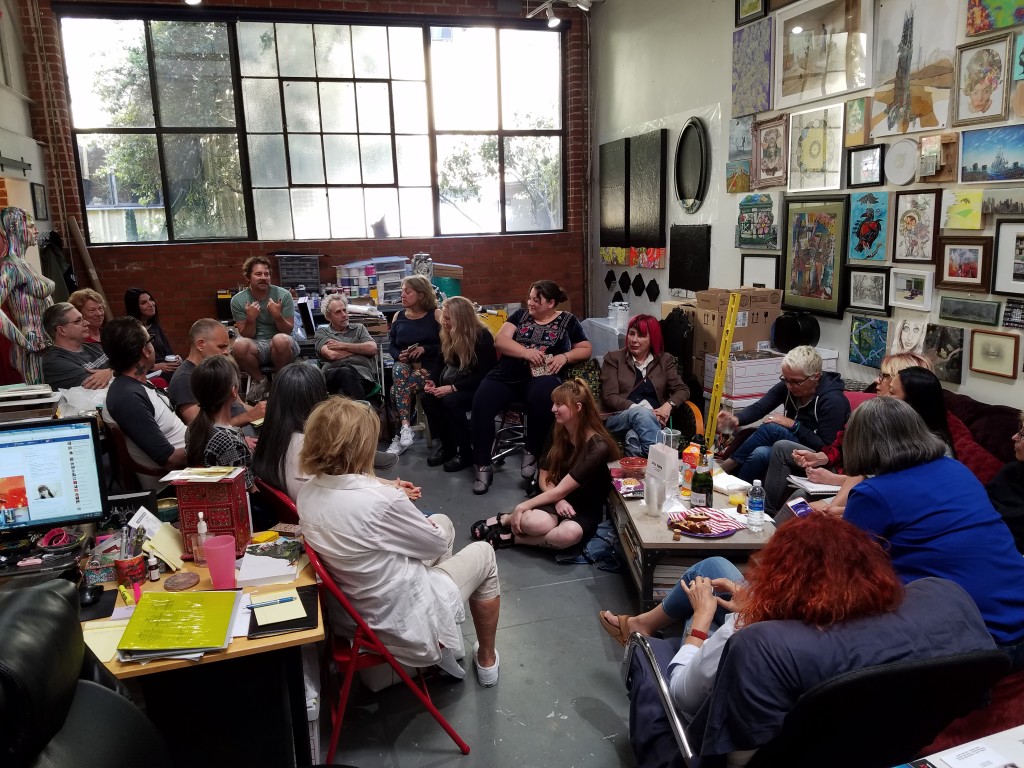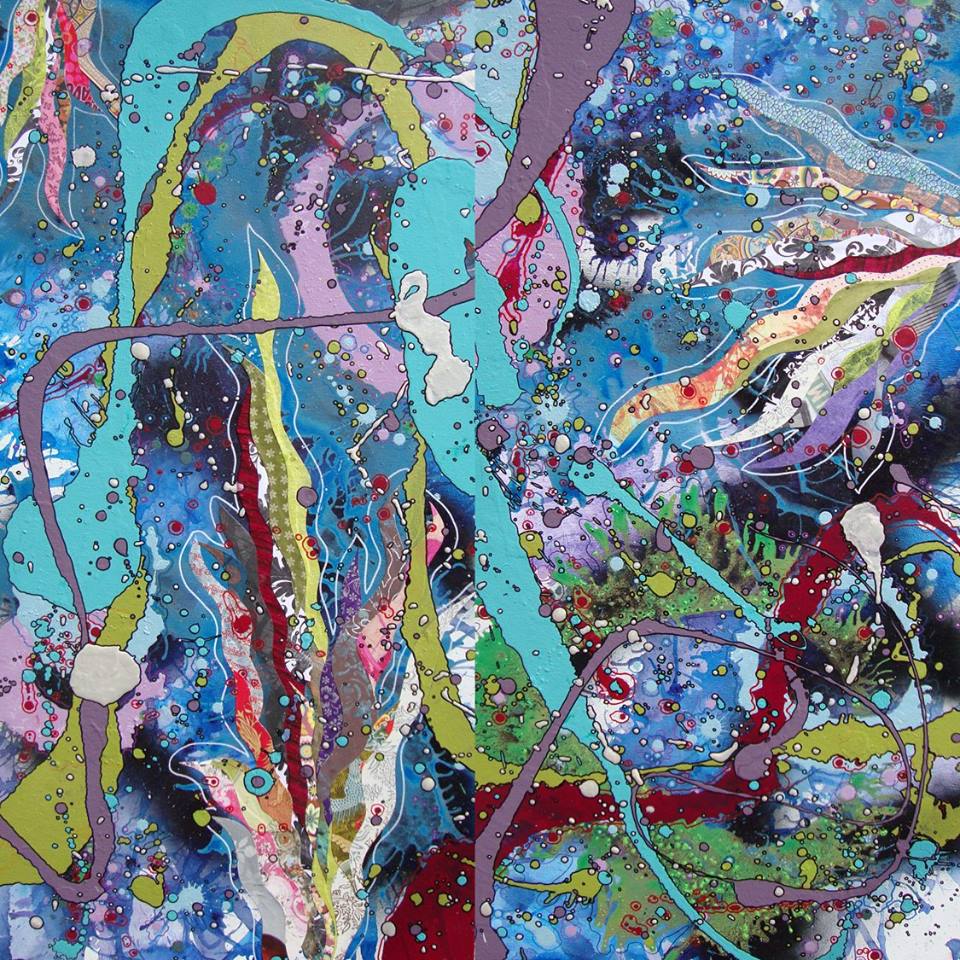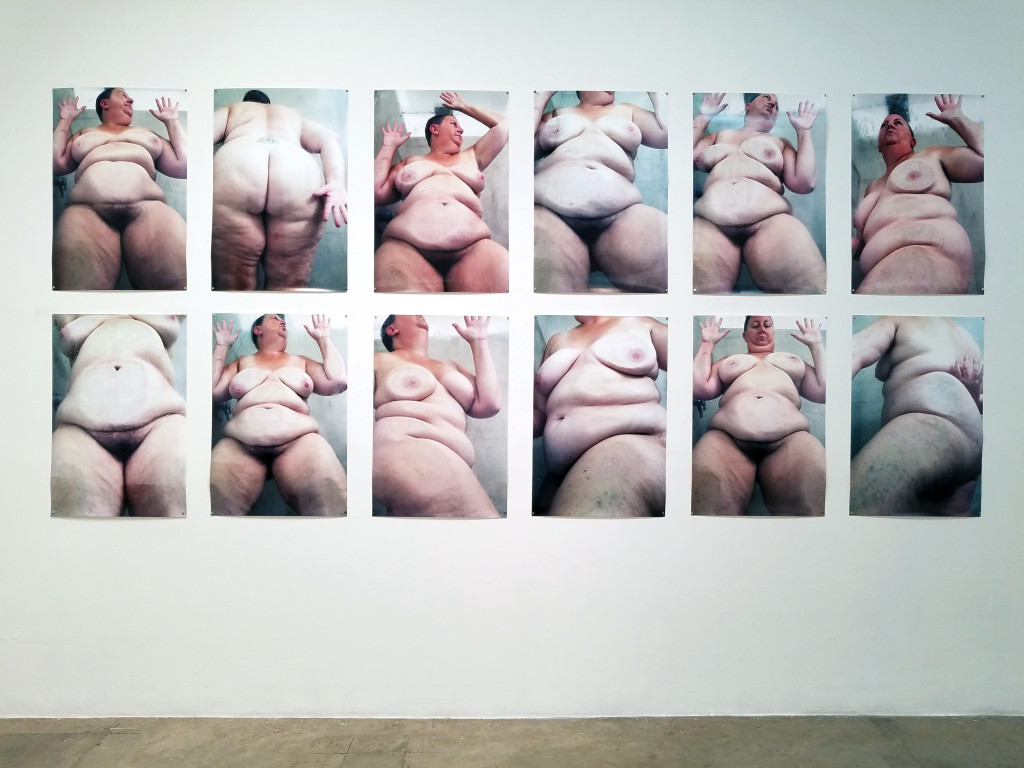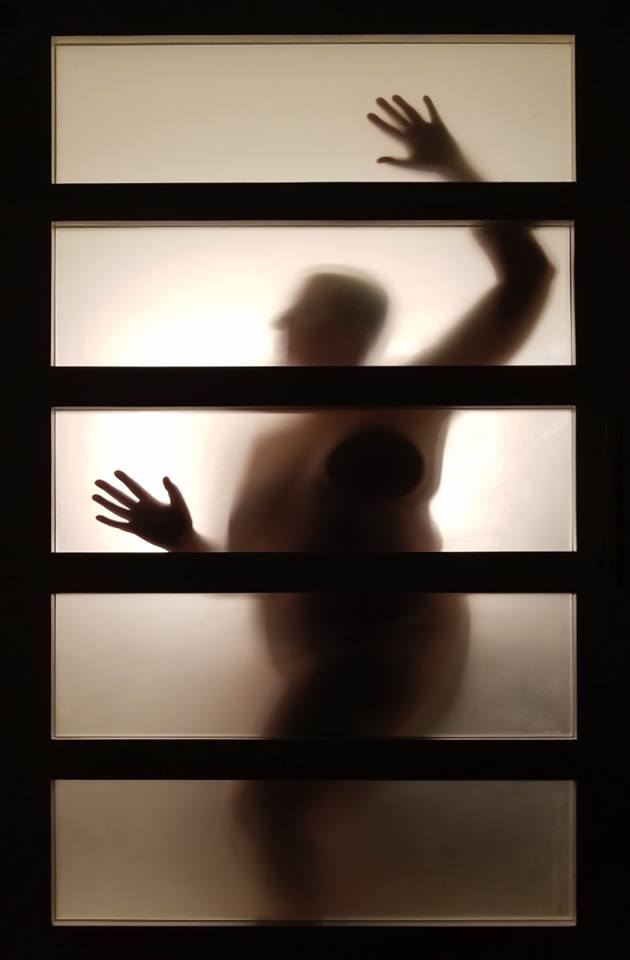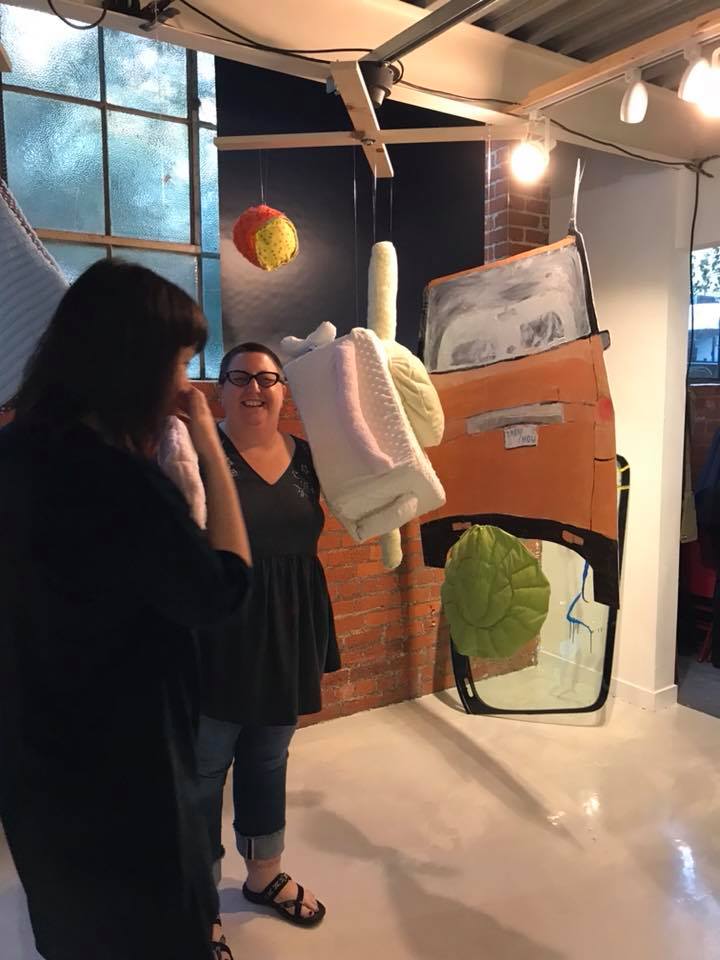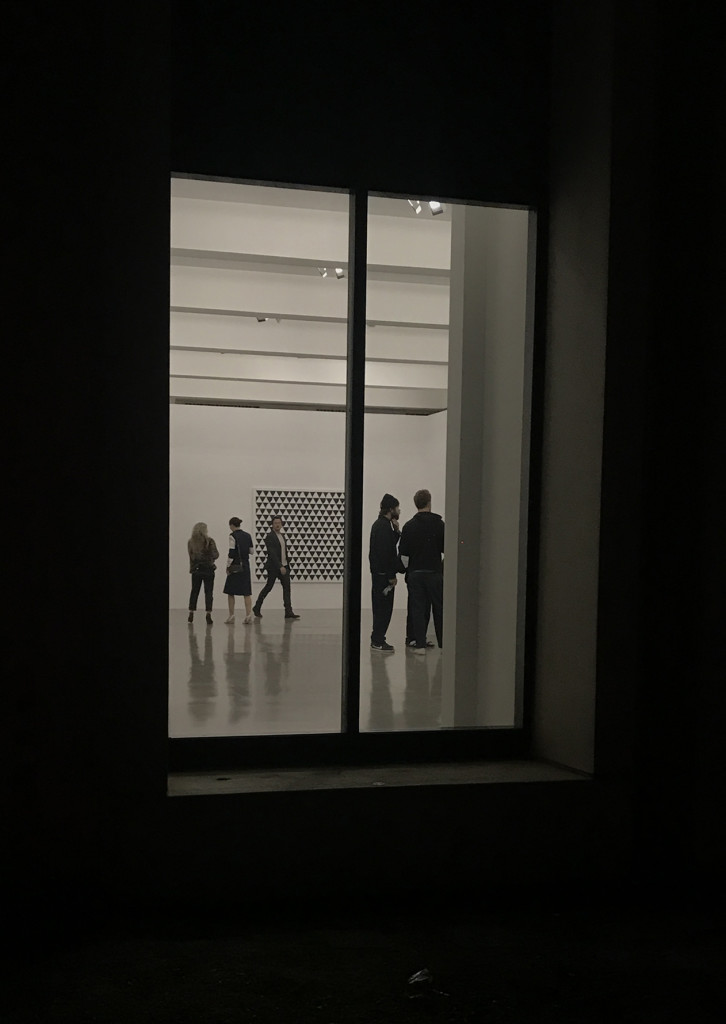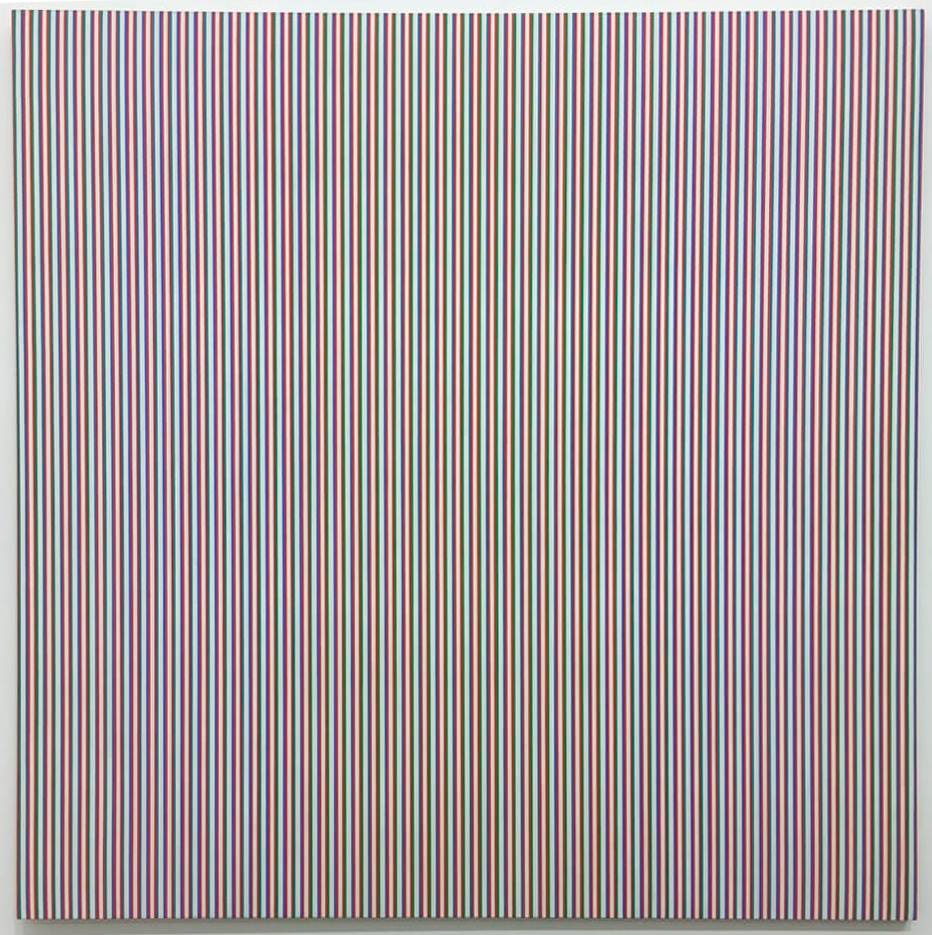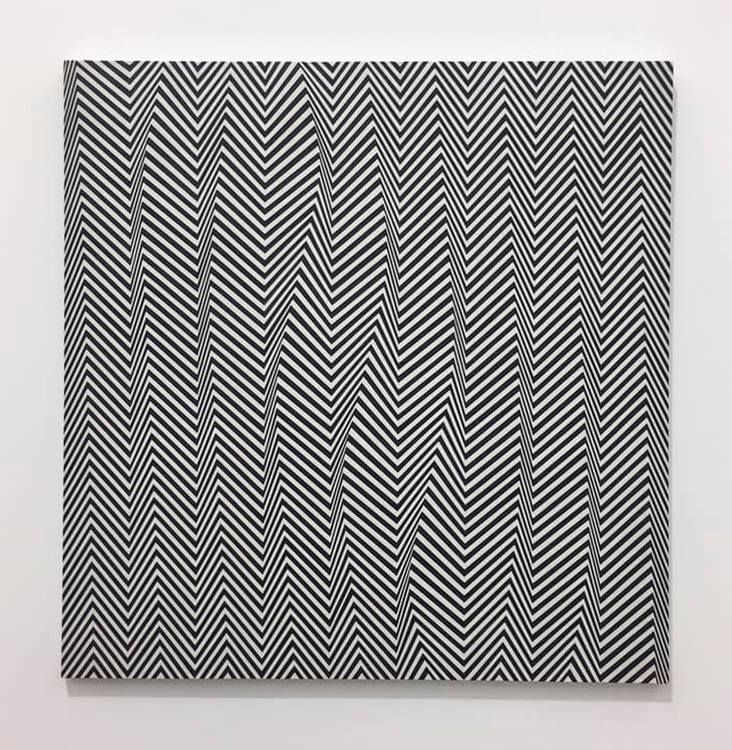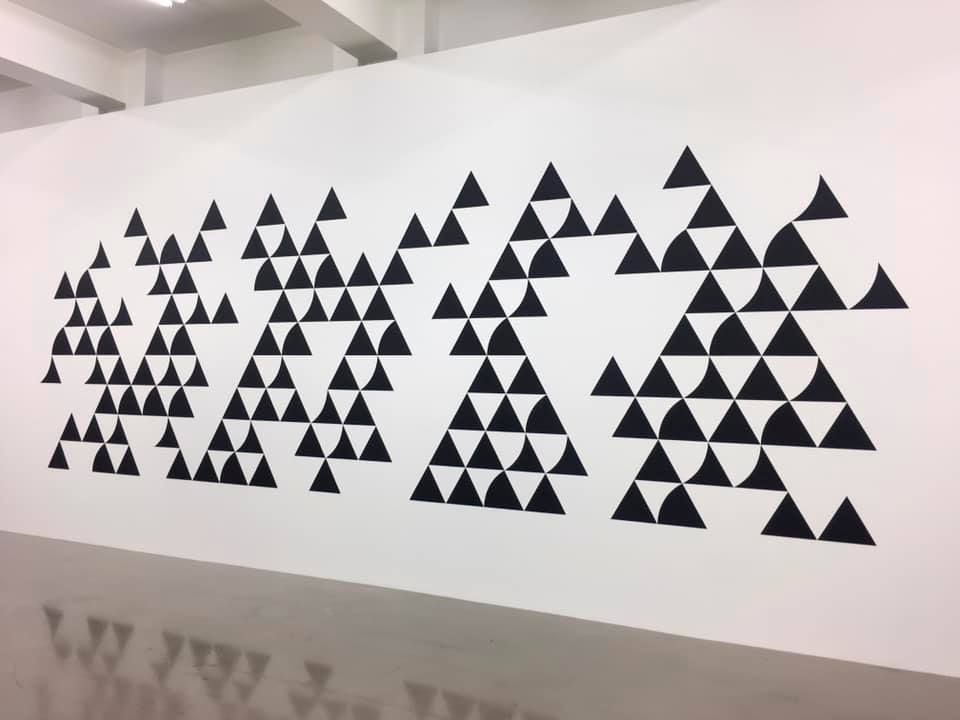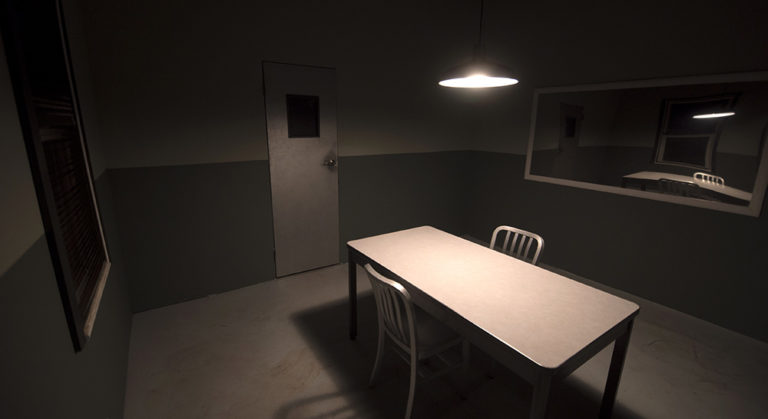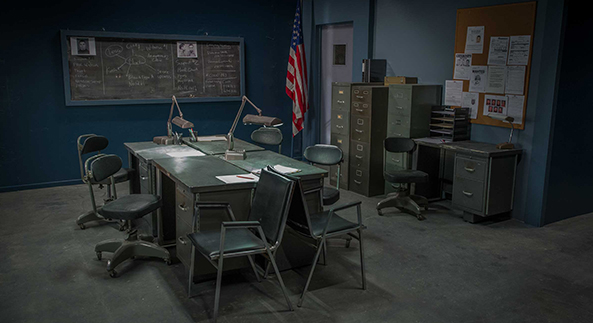This isn’t the first time we’ve written about artist, curator, public relations guru, publisher, gallerist -whew – Kristine Schomaker on DiversionsLA. Interestingly, she was “the first” subject when this publication began. And it’s no wonder – Schomaker is what it means to be a Renaissance woman. So settle in for an update on the exciting projects she’s working on or has planned ahead.
“The current project I am working on is tentatively titled perceive me. I am inviting artists to collaborate with me. Through personal observation and talking to many of my contemporaries, I have found that we often base our self-worth on how we think others perceive us,” she says.
She’s invited other artists to paint/draw/photograph her to continue the conversation on validation and self-esteem. “I actually just realized the other day how truly personal, emotional and self-conscious this project really is. My own self esteem has been based on how I believe others see me. I don’t mean to sound melancholy and hopeless, because for the most part, I love my life and am pretty content being single and independent, but I can count on one hand how many times I have been asked out on a date. While I logically know dating is so complex, emotionally, I feel that it is because I am unattractive.”
She notes that through experience, research, and exploration, she is uncovering deep seated reasoning for many things that have taken place in her 45 years of life. “Isn’t that what artists do? Delve deep into our psyches to discover and deconstruct? This is an ongoing process to learn to love my body and myself. I have already worked with a few artists and the work is coming out so great. I am still trying to understand my own feelings about seeing myself through their eyes, but it is definitely a work in progress. I am currently sending proposals to various institutions for a show of the work.”
Having had the opportunity to see some of these works, they’re outstanding – but so, too, is Schomaker herself. She is forever open, literally and figuratively here exposing herself as both vulnerable and passionate, and opening the flood gates for so many women – and men – to really see themselves as well as seeing her. Both brave and beautiful may the words that comes quickest to mind when you look at Schomaker’s artistic oeuvre.
She also has a solo show planned at Fourth Element Gallery in Santa Ana in November 2019 which is going to focus on my installation work An Uncomfortable Skin. “I will be creating new work for that, too. Most of my work, one way or another, is a personal exploration of my eating disorder. The underlying causes through self-esteem, criticism, judgement, self-work and more. I either use my own body, or different ideas of food in my work. I am working on a piece using Yogurtland Spoons (my binge food) and vacuum sealed food bags for a show at Coastline Community College curated by Bradford J. Salomon in January.
She is also a powerhouse among independent artists as curator-muse, and PR pro. Her role in these aspects of the art scene continues to evolve.
“Since I started Shoebox PR 5 years ago, the art world has changed, and my ideas of the art world have changed. While I am the one educating my artists and introducing them to the art world, I am constantly learning, and shifting my perspective as far as questioning the artist’s role and place in the art world today. As an artist, I am on the front lines for working to figure these things out so I am able to offer valuable insight and perspective to the artists I work with.”
According to Schomaker, when Shoebox PR first started the focus was on promotion and marketing. As the company has grown and evolved, it’s become more of a support network for artists. “We offer resources and tools to help artists navigate their own paths. There is not just one straight and narrow road to get gallery representation. The idea that gallery representation is the holy grail of your art career is dissolving. Artists are learning to find their own opportunities with more alternative spaces, pop-up shows, artist-centric art fairs, and especially Instagram and Facebook. I don’t see this changing. There are some wonderful galleries out there who are showing edgy, important work, but they are limited. There are many more artists than there are galleries.”
To Schomaker, artists “share the artworld. We are the gatekeepers. We need to be the entrepreneurs of our careers. I completely understand that a lot of artists don’t know where to start. I was lucky enough to have an administrative background as well as creative, so I am able to offer to help artists figure all of this out.”
Never content to rest on her laurels, Schomaker is starting a non-profit, January Arts, which is a community based organization creating/facilitating opportunities for partnership and collaboration among artists, influencers, institutions and the public. “We have already started doing residencies at our Shoebox Projects space along with free art critiques and portfolio reviews. We are looking to expand and support those underrepresented artists who need help,” she relates.
Asked what inspires her to create, today she says she isn’t sure and has felt stuck, and has not painted in awhile.
“There is so much going on in our society: politics, the fires, mass shootings… that I have found it hard to concentrate on making art. I know with so many artists, they use these events as catalysts for creating, and are fired up and ready to get in the studio. But often, I just stare blankly at my work table and can’t move. I am not the type of artist to go to the studio and work 8-10-12 hours a day. My work normally comes more intuitively and spontaneously. I come up with ideas in the car driving, or in the shower and then immediately have to create.”
Indeed, for Schomaker, taking that relaxing hot bath may be the very best way to trigger her creativity into overdrive.
“One of my recent bodies of work, my Plus series happened spontaneously in a hotel room when I saw the frosted glass bathroom door. All I had was my cell phone, so I played with my nude body, the door and the dark room. It was a great series that gave me a solo show.”
She adds “The exploration of myself, my eating disorder and self-worth also inspire me to create. While I have a journal and often write, I feel I can say more through art. It’s funny, as I talk about this, I realize that the politics of the body are definitely inspiration for my work. Sharing my curvy, plus-size body on Instagram has become a rebellious act against the status quo, against our selfie culture, against photoshop and advertising. Saying this is who I am, the real me, is a way of saying F you to the beauty industry for years of manipulation in shaping our attitudes and our lives for that matter.”
Schomaker feels her work has evolved in the past few years, changing with the times. Although she feels she is still dealing with issues of identity, she is in a holding pattern with her painting at the moment.
“I have realized it is hard separating my work life from my art life. While I believe it is all one life, they are separate in that my art life is more personal, about me. Of course, because of that, I think I am also afraid to jump in, because I get closer to who I really am and maybe I am afraid of finding out. For now, I will continue to create work as it happens. I am working on doing more social media art. Sharing myself on Instagram more to tell my story there. I feel the audience is broader and I can get my message out to a much larger audience there.”
She is also forging a path that is opening doors not just for recognition of her own work, but as a way to lead others in the Shoebox PR family onward.
As an artist, she works in a variety of media. “Everything I come into contact with may be a tool for my art. My cell phone has been my trusted companion in a lot of my work. As an artist, I just use what is available. I am really loving using things that weren’t traditionally made for art, such as the Yogurtland spoons, a kitchen vacuum sealer or a paper shredder, but then I love getting back to my Nova Color paint and manipulating the flow and pours. I love when both of these different things collide.”
Above, Schomaker at Shoebox Projects opening exhibition for artist Dani Dodge
As a curator and galleriest she says she looks for strong narratives and storytelling, authenticity, passion, good craftsmanship and a conversation between the art. “I am not into artist statements that are all artspeak. I want to see the personal, the story, the why.”
As far as representing artists, she asserts “I know how hard it is living life as an artist. We can be sensitive, emotional, angry, lost, unorganized, desperate, alone, tired, sad… the list goes on. I have been so lucky to have worked with some amazing mentors who made me feel that I wasn’t alone, that there is a whole community of like-minded people who are in the same boat as me. I seem to be a natural facilitator/leader/teacher, and I find it fulfilling to be able to share my experience, expertise, and knowledge with others and help them feel not so alone when juggling the life of an artist against everything else going on. I feel that this is my way of giving back for so much love and support I have received.”
It doesn’t get much better than that.
- Genie Davis; photos provided by the artist




